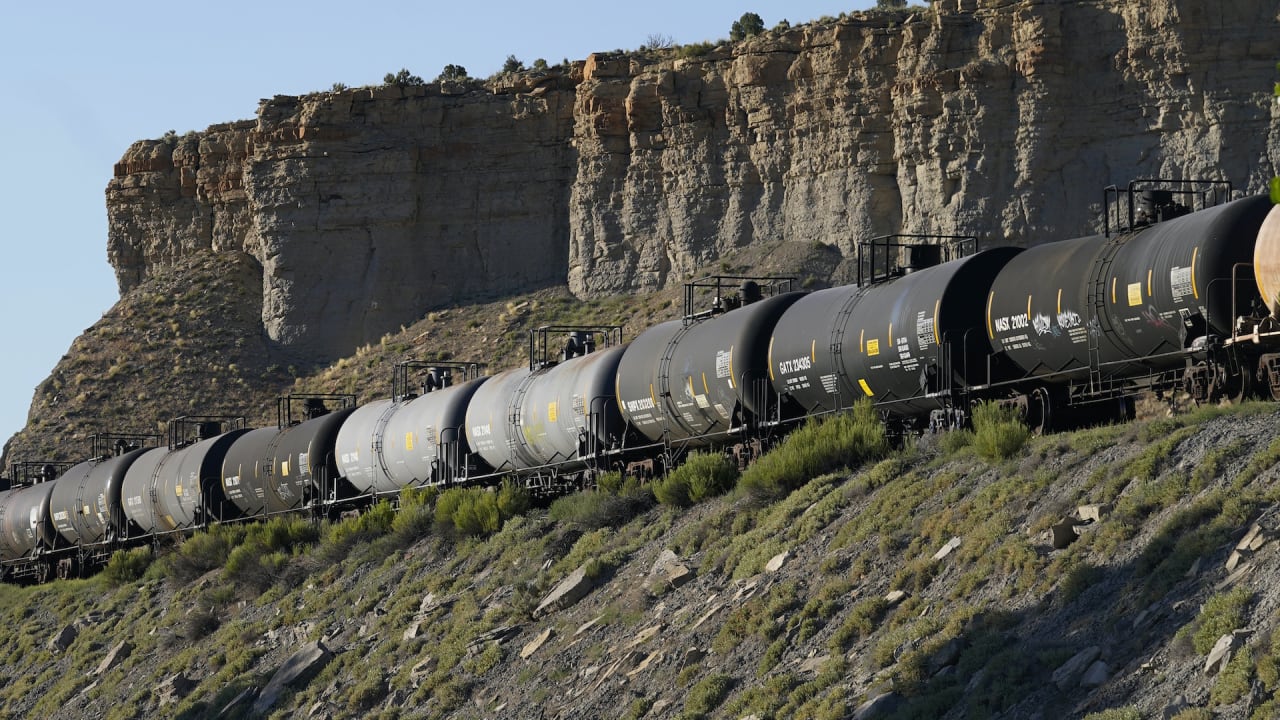National Guard to stay in L.A.—for now—as appeals court halts ruling against Trump
President Trump won a temporary victory Thursday night when a federal appeals court blocked a lower court judge’s order to return control of California’s National Guard to the state. Senior U.S. District Judge Charles Breyer previously ruled that Trump’s activation of the National Guard, a state-based reserve military force, in Los Angeles was unlawful and illegitimate. California Governor Gavin Newsom and the state’s attorney general, Rob Bonta, filed a lawsuit against the Trump administration this week after the president activated the troops in response to demonstrations against immigration raids. “His actions were illegal—both exceeding the scope of his statutory authority and violating the Tenth Amendment to the United States Constitution,” Breyer wrote. “He must therefore return control of the California National Guard to the Governor of the State of California forthwith.” While Newsom notched an early win, a federal appeals court did not agree. Three judges on the 9th U.S. Circuit Court of Appeals issued an administrative stay on the lower court’s ruling late Thursday, leaving control of the troops with Trump—at least until a June 17 hearing. Trump vs. Newsom The clash between federal and states’ rights has set up a fiery confrontation between Newsom, who likely holds his own presidential ambitions, and the White House. “We didn’t have a problem until Trump got involved,” Newsom wrote on X this week. “Rescind the order. Return control to California.” The Trump administration denies critics’ claims that the National Guard’s deployment intentionally escalated tensions in the city. “If I didn’t ‘SEND IN THE TROOPS’ to Los Angeles the last three nights, that once beautiful and great City would be burning to the ground right now, much like 25,000 houses burned to the ground,” Trump wrote on Truth Social. Newsom isn’t the only Democrat clashing with the Trump administration. On Thursday, California Senator Alex Padilla was tackled and handcuffed after trying to interrupt Homeland Security secretary Kristi Noem with a question during a press conference. Breaking with history Trump’s move to deploy thousands of California National Guard troops to bolster the government’s increasingly aggressive immigration crackdown is unprecedented in at least a few ways. Historically, a governor—not the president—taps the National Guard when traditional state resources are overwhelmed. Guard members can be called up to meet many kinds of needs a state might have, from administering vaccines to filling in as substitute teachers (both of which occurred during the height of the COVID-19 pandemic). Trump’s activation of the Guard was the first time since 1965 that a president has deployed the troops within a state against a governor’s wishes. That year, Lyndon B. Johnson sent troops to Alabama to protect civil rights protesters over the wishes of Governor George Wallace, a segregationist. Johnson’s actions bear little resemblance to the Trump administration’s decision to send troops into Los Angeles to back immigration and law enforcement agents as they conduct raids in locations ranging from downtown garment district businesses to suburban Home Depot parking lots. “In recent days, violent mobs have attacked ICE officers and Federal Law Enforcement Agents carrying out basic deportation operations in Los Angeles, California,” White House Press secretary Karoline Leavitt said in a statement announcing the National Guard deployment. Law enforcement has made around 400 arrests related to the protests since they began last week, including two men charged with possessing Molotov cocktails. The Justice Department is also pursuing assault charges against two California residents for throwing objects including water bottles and beer cans at federal officers. A number of Waymo self-driving cars have been set on fire since protests began, prompting the company to pull its vehicles from the area. The White House’s narrative paints a dark picture of widespread social unrest and violence in Los Angeles, an image that many Angelenos pushed back against on social media with posts showing upbeat gatherings and normal brunch dates. On TikTok and other social networks, L.A. residents have rejected national portrayals of a city under siege, calling attention to the relatively small area of the sprawling city affected by ongoing protests.

President Trump won a temporary victory Thursday night when a federal appeals court blocked a lower court judge’s order to return control of California’s National Guard to the state.
Senior U.S. District Judge Charles Breyer previously ruled that Trump’s activation of the National Guard, a state-based reserve military force, in Los Angeles was unlawful and illegitimate. California Governor Gavin Newsom and the state’s attorney general, Rob Bonta, filed a lawsuit against the Trump administration this week after the president activated the troops in response to demonstrations against immigration raids.
“His actions were illegal—both exceeding the scope of his statutory authority and violating the Tenth Amendment to the United States Constitution,” Breyer wrote. “He must therefore return control of the California National Guard to the Governor of the State of California forthwith.”
While Newsom notched an early win, a federal appeals court did not agree. Three judges on the 9th U.S. Circuit Court of Appeals issued an administrative stay on the lower court’s ruling late Thursday, leaving control of the troops with Trump—at least until a June 17 hearing.
Trump vs. Newsom
The clash between federal and states’ rights has set up a fiery confrontation between Newsom, who likely holds his own presidential ambitions, and the White House. “We didn’t have a problem until Trump got involved,” Newsom wrote on X this week. “Rescind the order. Return control to California.”
The Trump administration denies critics’ claims that the National Guard’s deployment intentionally escalated tensions in the city. “If I didn’t ‘SEND IN THE TROOPS’ to Los Angeles the last three nights, that once beautiful and great City would be burning to the ground right now, much like 25,000 houses burned to the ground,” Trump wrote on Truth Social.
Newsom isn’t the only Democrat clashing with the Trump administration. On Thursday, California Senator Alex Padilla was tackled and handcuffed after trying to interrupt Homeland Security secretary Kristi Noem with a question during a press conference.
Breaking with history
Trump’s move to deploy thousands of California National Guard troops to bolster the government’s increasingly aggressive immigration crackdown is unprecedented in at least a few ways. Historically, a governor—not the president—taps the National Guard when traditional state resources are overwhelmed. Guard members can be called up to meet many kinds of needs a state might have, from administering vaccines to filling in as substitute teachers (both of which occurred during the height of the COVID-19 pandemic).
Trump’s activation of the Guard was the first time since 1965 that a president has deployed the troops within a state against a governor’s wishes. That year, Lyndon B. Johnson sent troops to Alabama to protect civil rights protesters over the wishes of Governor George Wallace, a segregationist. Johnson’s actions bear little resemblance to the Trump administration’s decision to send troops into Los Angeles to back immigration and law enforcement agents as they conduct raids in locations ranging from downtown garment district businesses to suburban Home Depot parking lots.
“In recent days, violent mobs have attacked ICE officers and Federal Law Enforcement Agents carrying out basic deportation operations in Los Angeles, California,” White House Press secretary Karoline Leavitt said in a statement announcing the National Guard deployment.
Law enforcement has made around 400 arrests related to the protests since they began last week, including two men charged with possessing Molotov cocktails. The Justice Department is also pursuing assault charges against two California residents for throwing objects including water bottles and beer cans at federal officers. A number of Waymo self-driving cars have been set on fire since protests began, prompting the company to pull its vehicles from the area.
The White House’s narrative paints a dark picture of widespread social unrest and violence in Los Angeles, an image that many Angelenos pushed back against on social media with posts showing upbeat gatherings and normal brunch dates. On TikTok and other social networks, L.A. residents have rejected national portrayals of a city under siege, calling attention to the relatively small area of the sprawling city affected by ongoing protests.





![X Highlights Back-To-School Marketing Opportunities [Infographic]](https://imgproxy.divecdn.com/dM1TxaOzbLu_kb9YjLpd7P_E_B_FkFsuKp2uSGPS5i8/g:ce/rs:fit:770:435/Z3M6Ly9kaXZlc2l0ZS1zdG9yYWdlL2RpdmVpbWFnZS94X2JhY2tfdG9fc2Nob29sMi5wbmc=.webp)

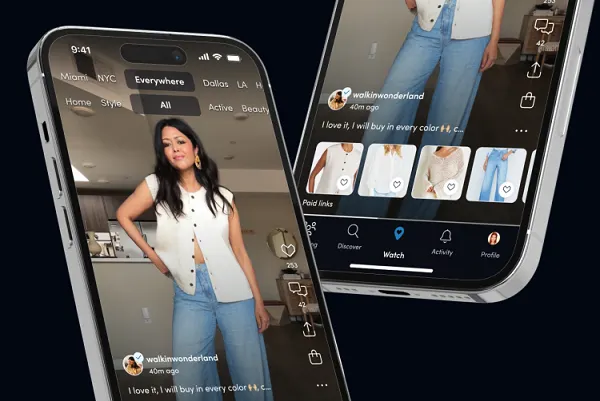

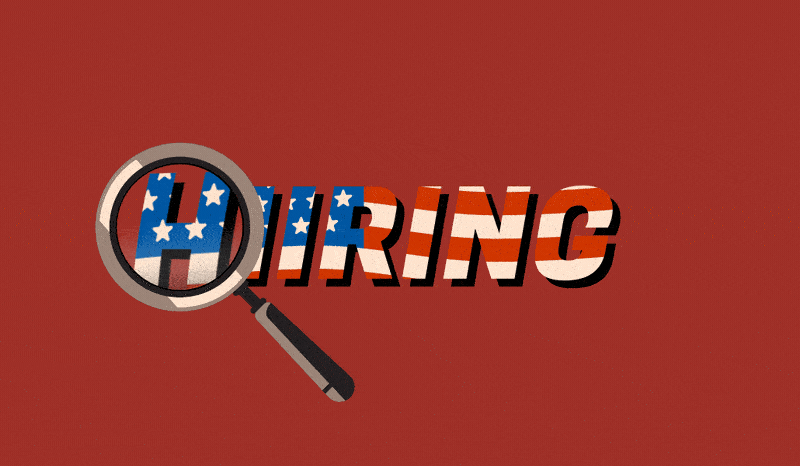






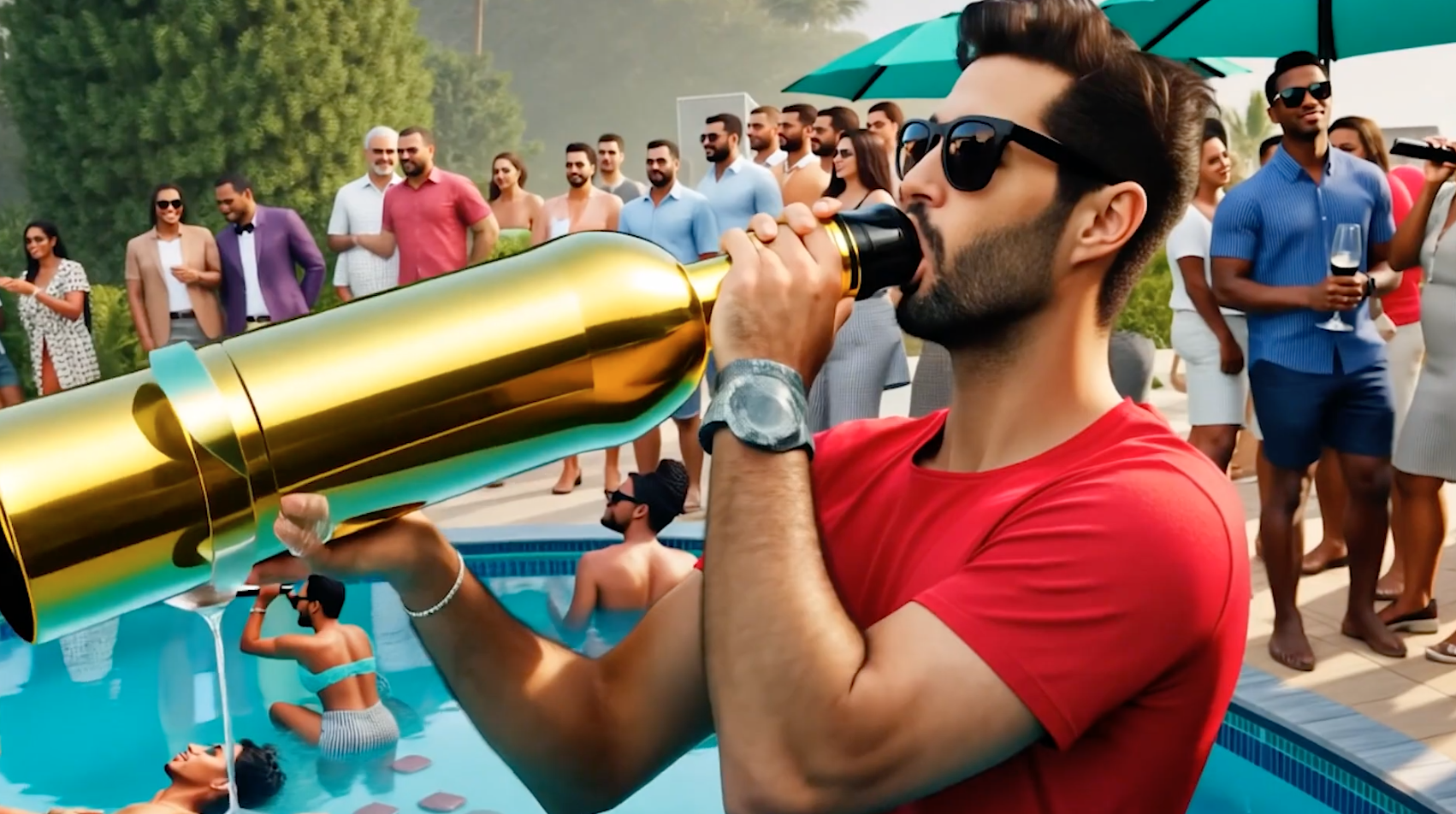
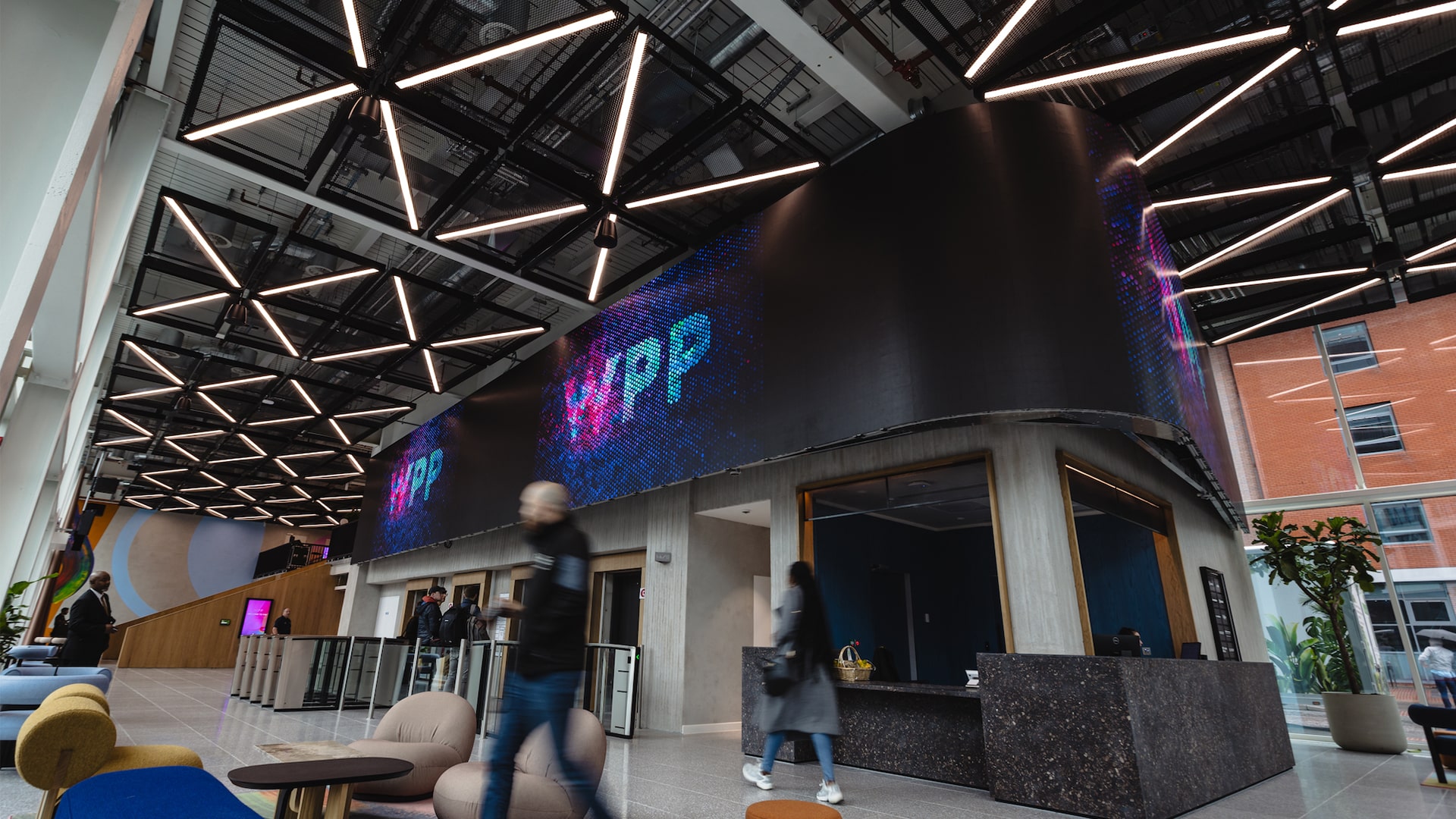
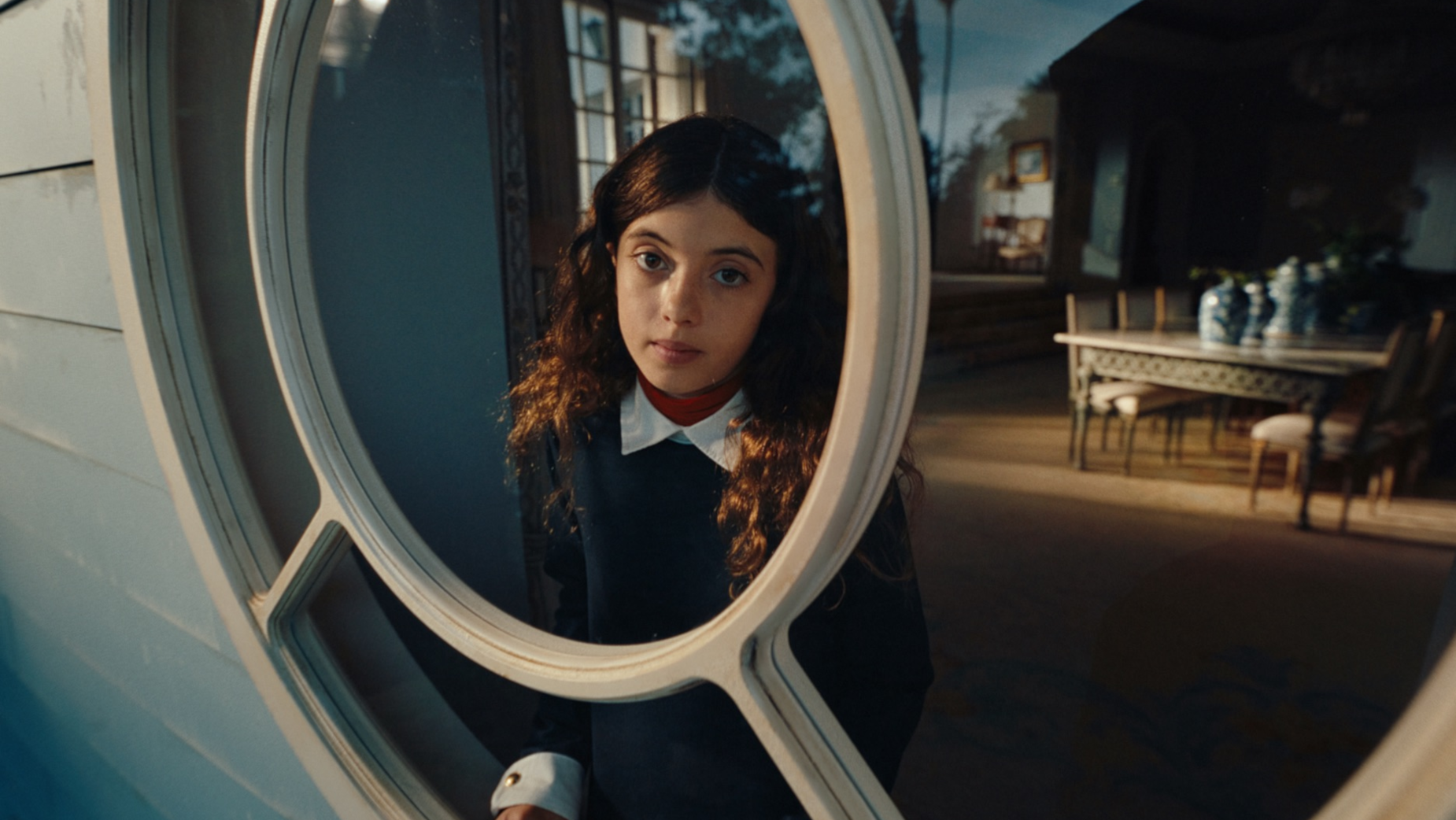











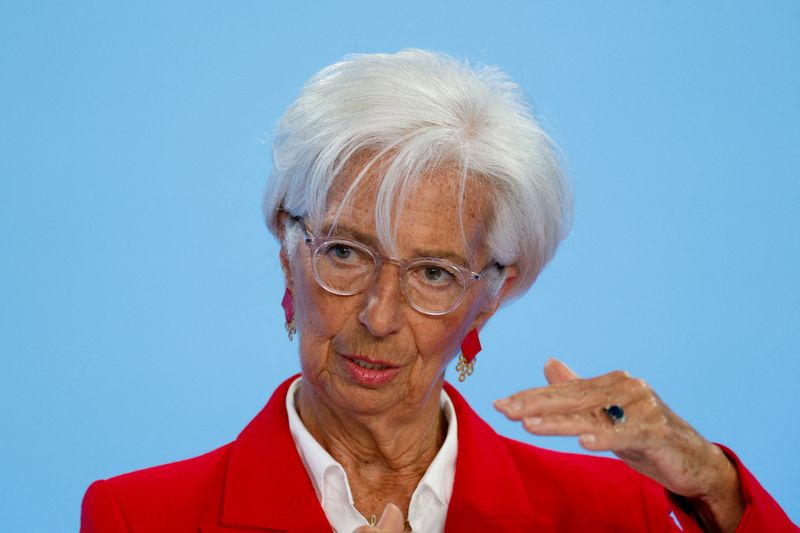
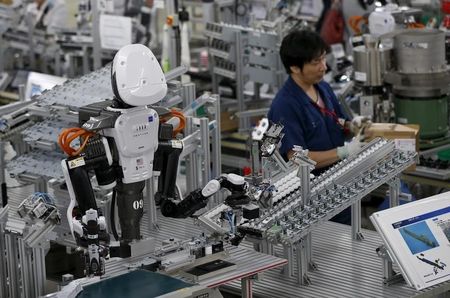


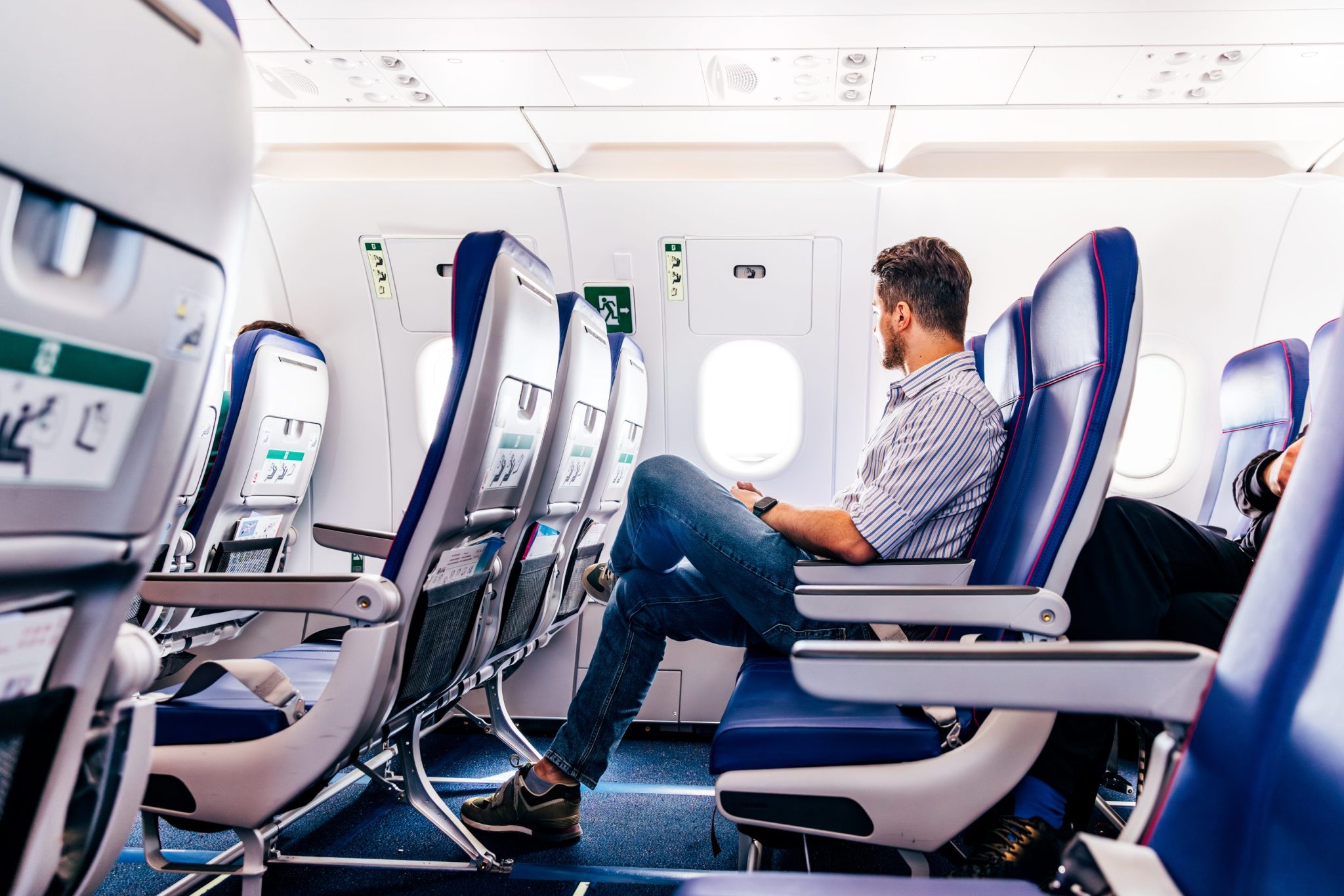



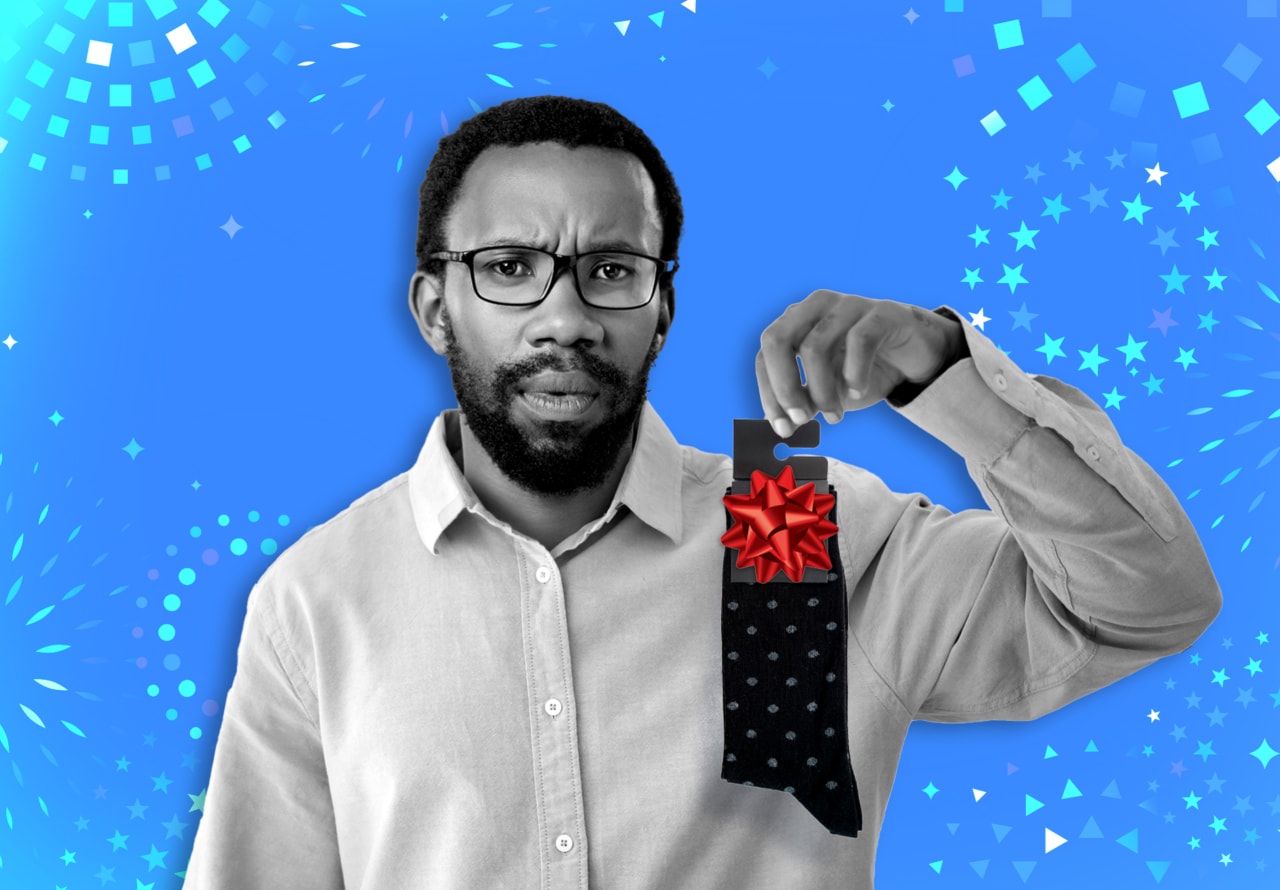

















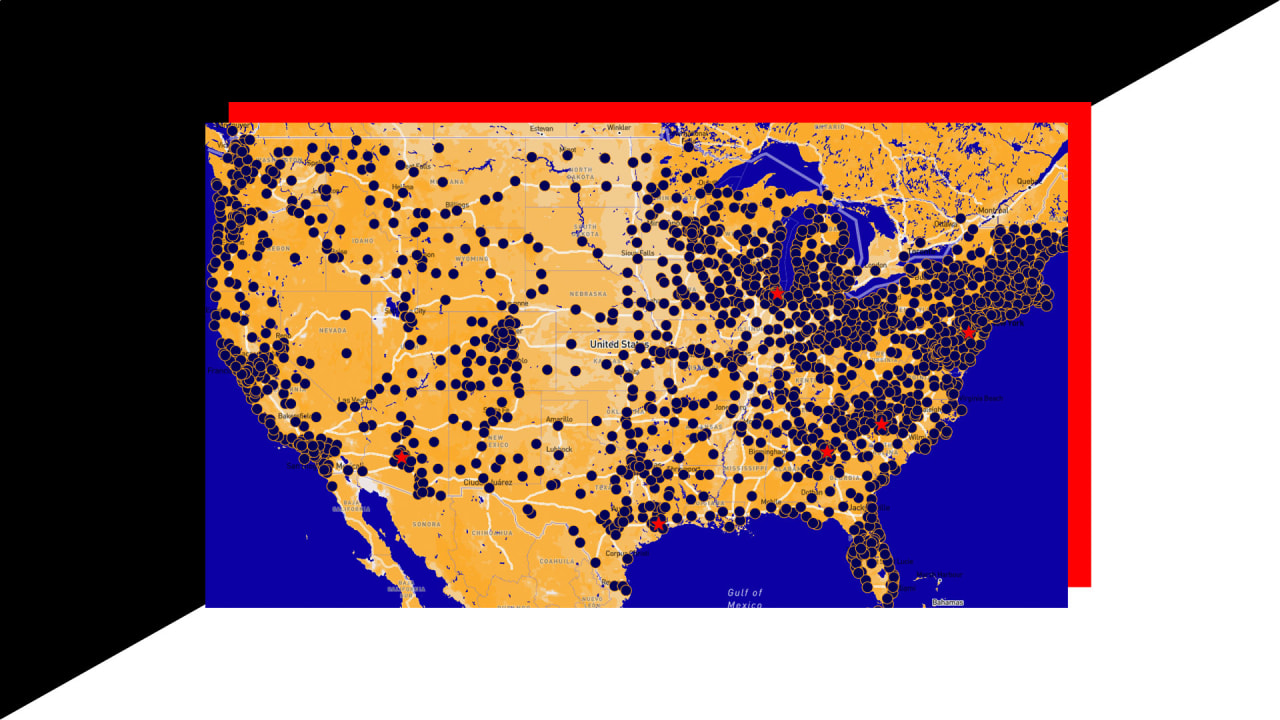
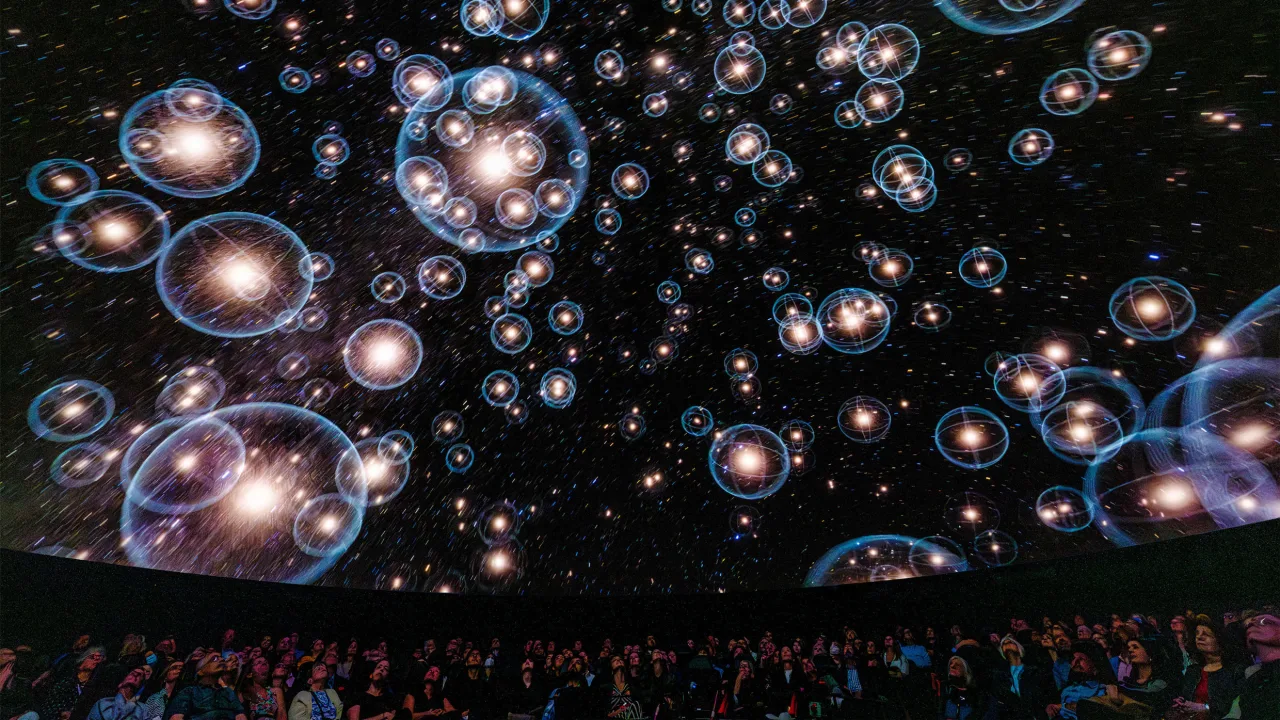
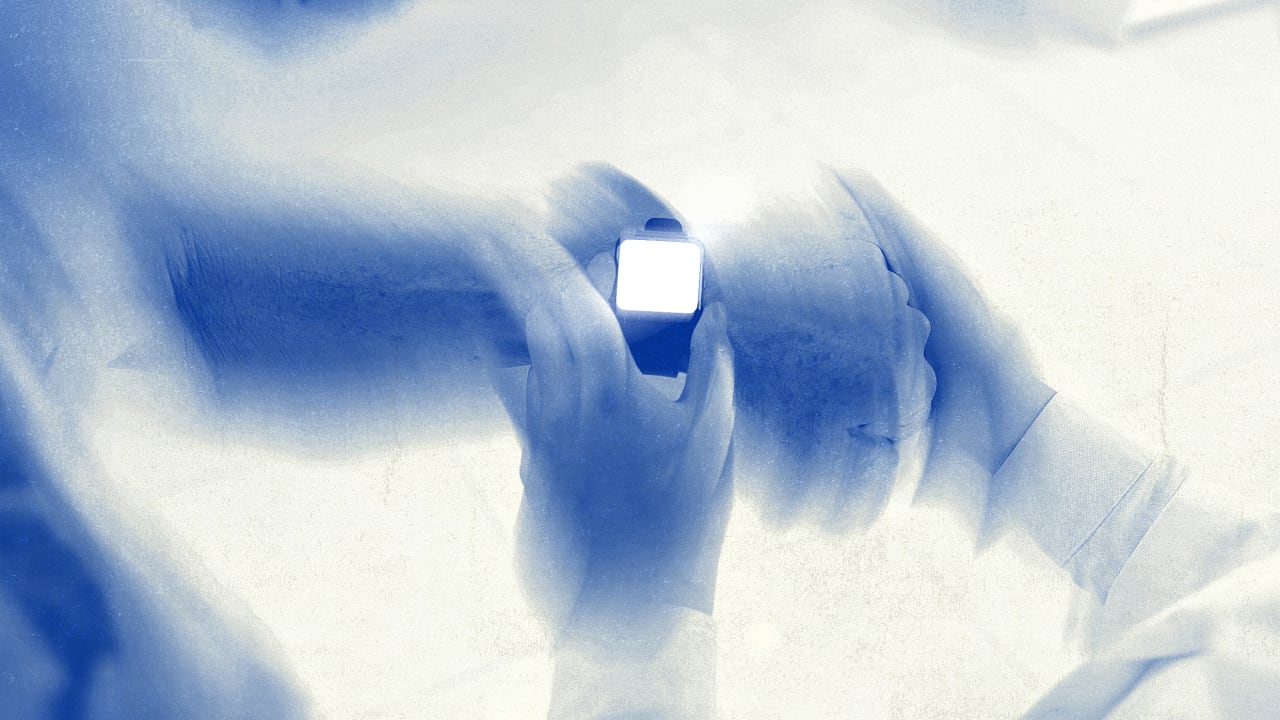










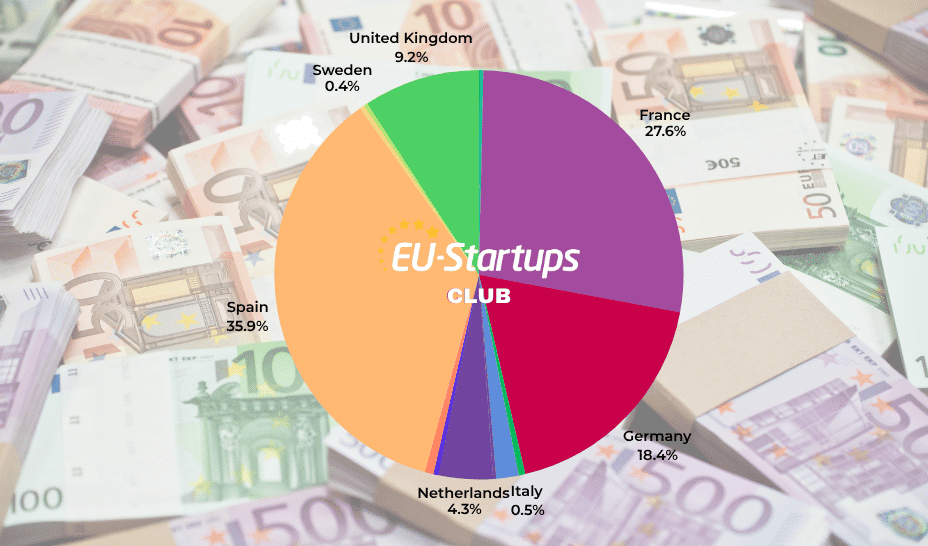
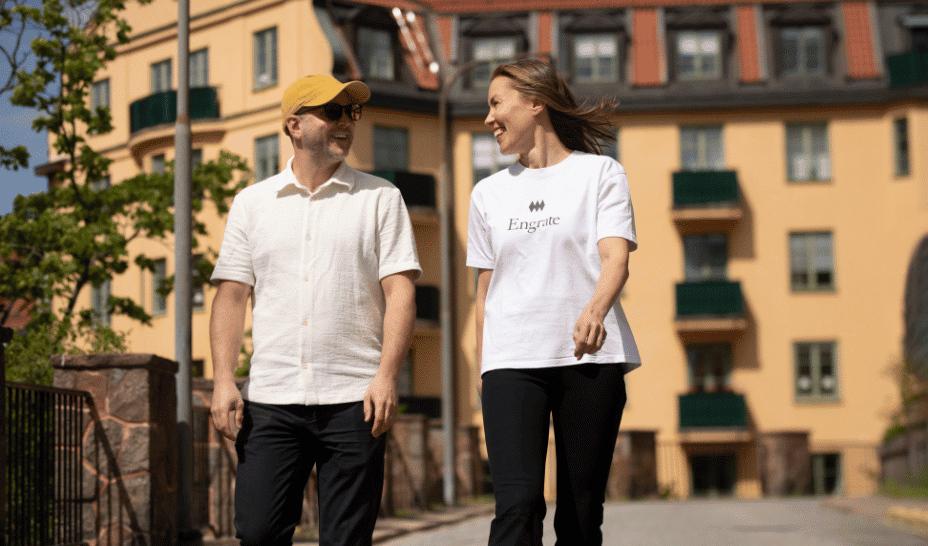
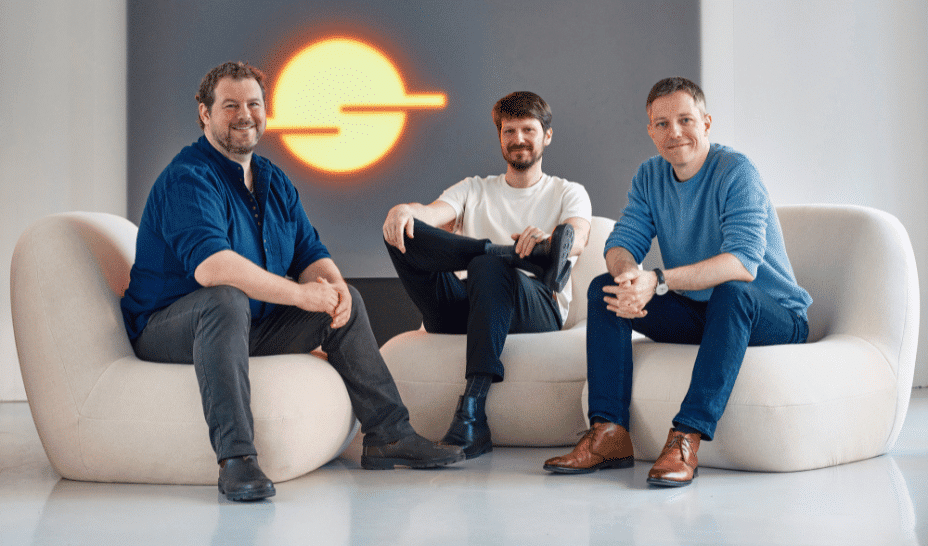




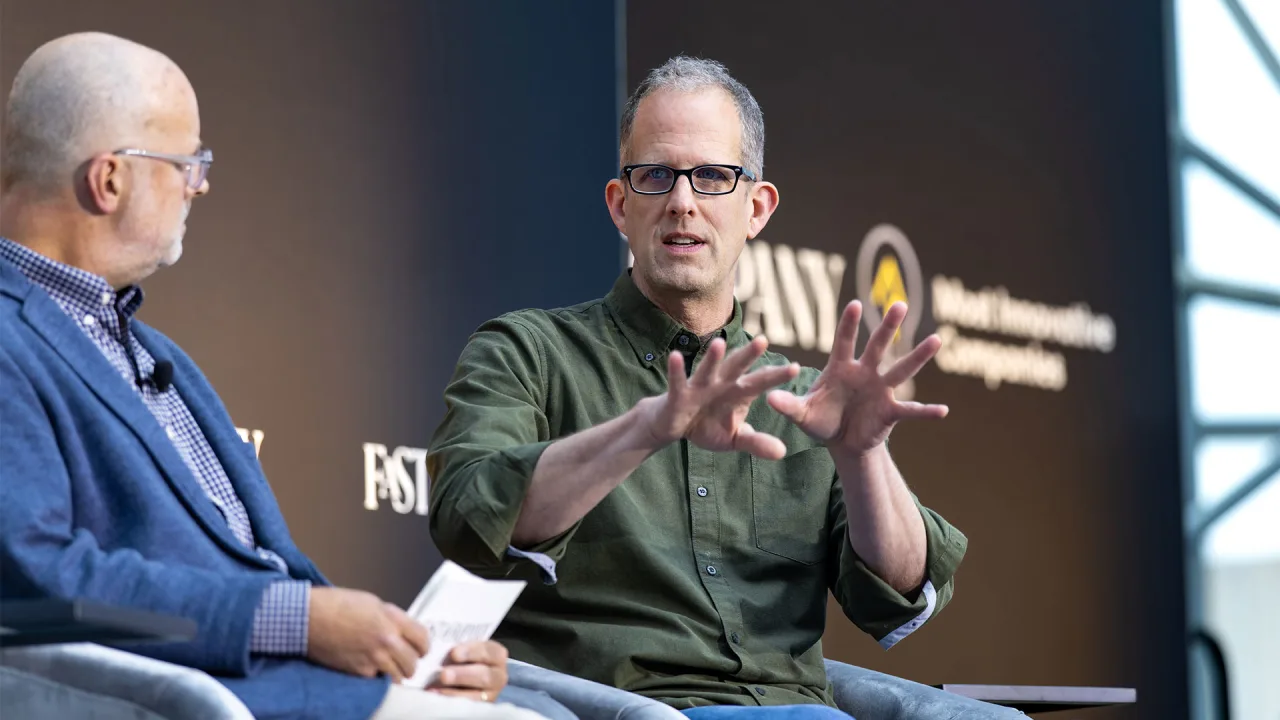
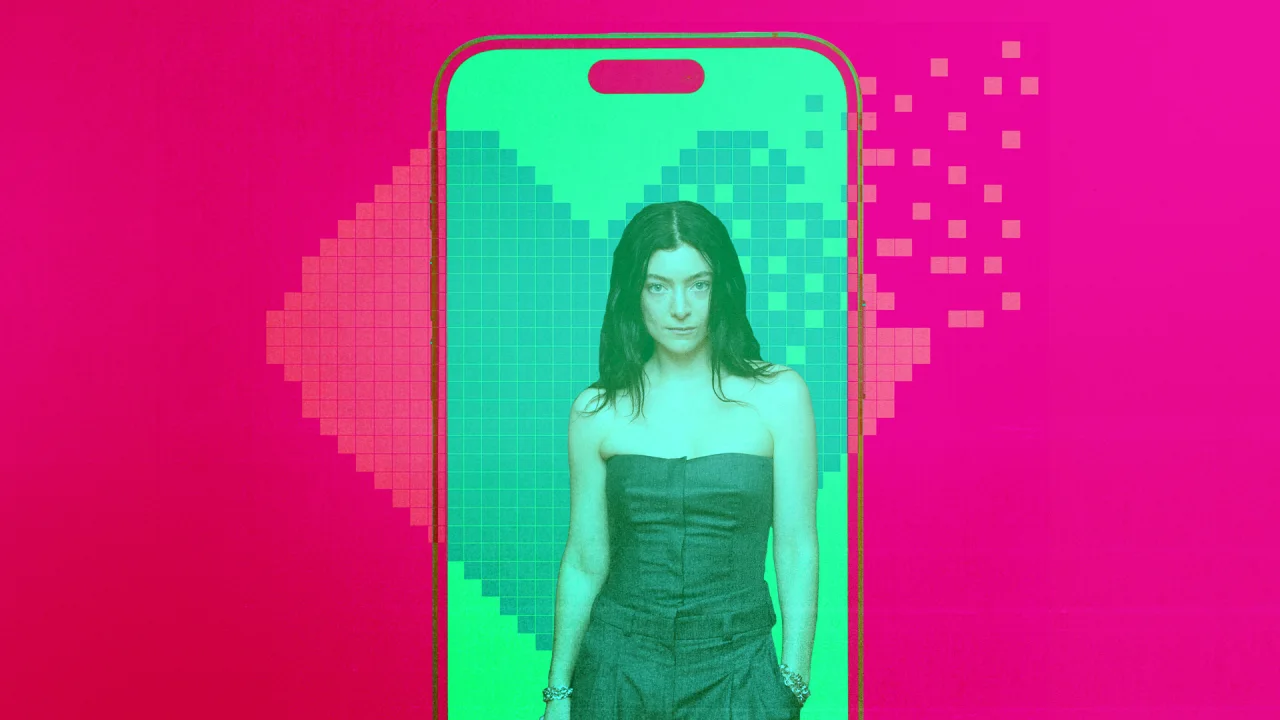
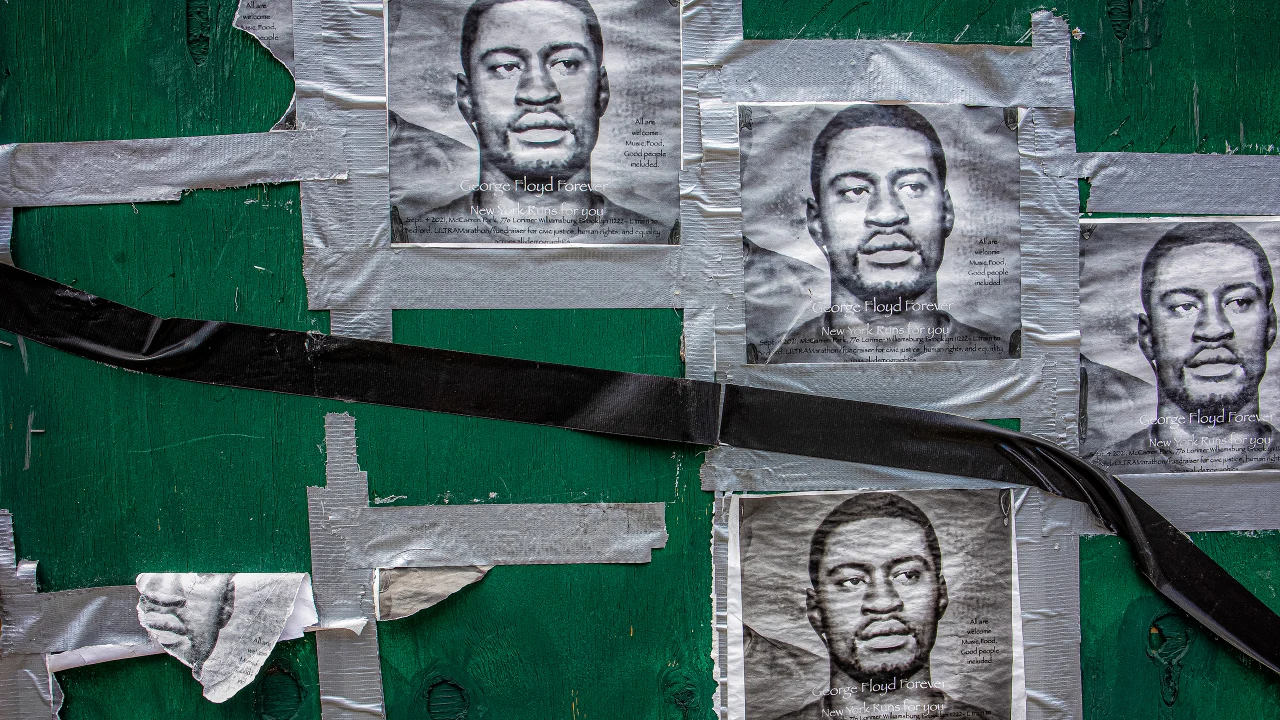
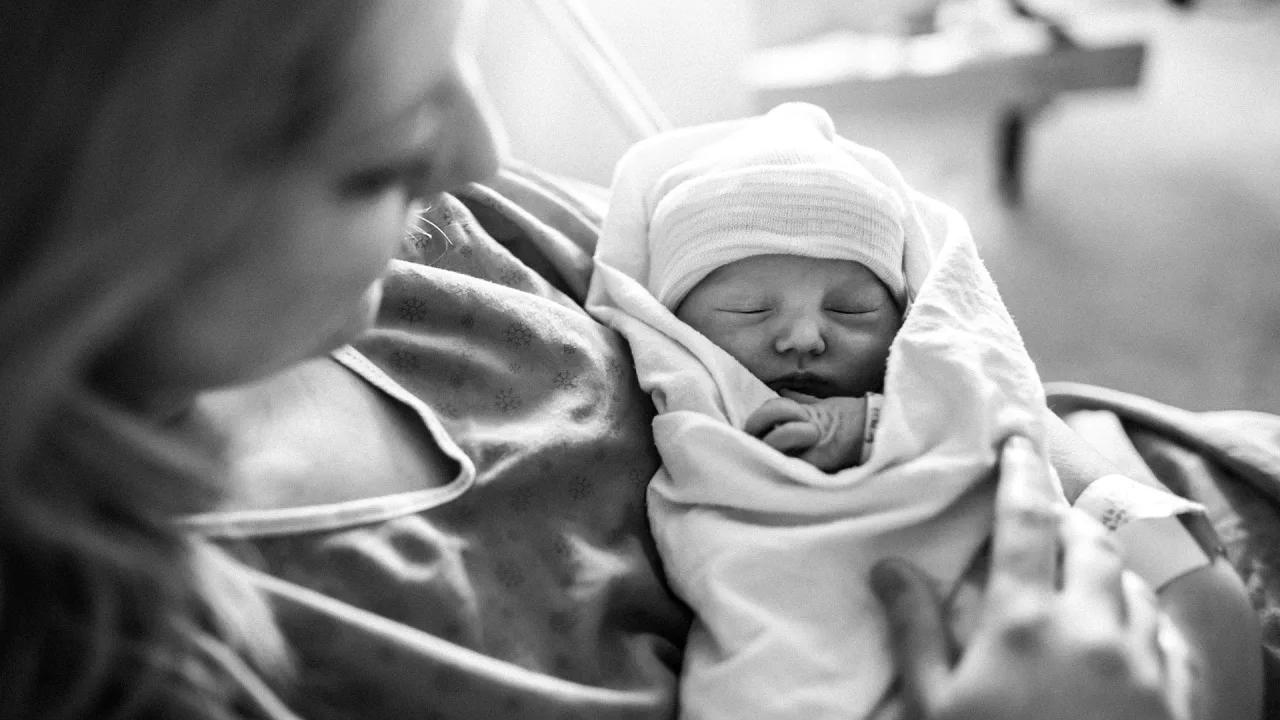






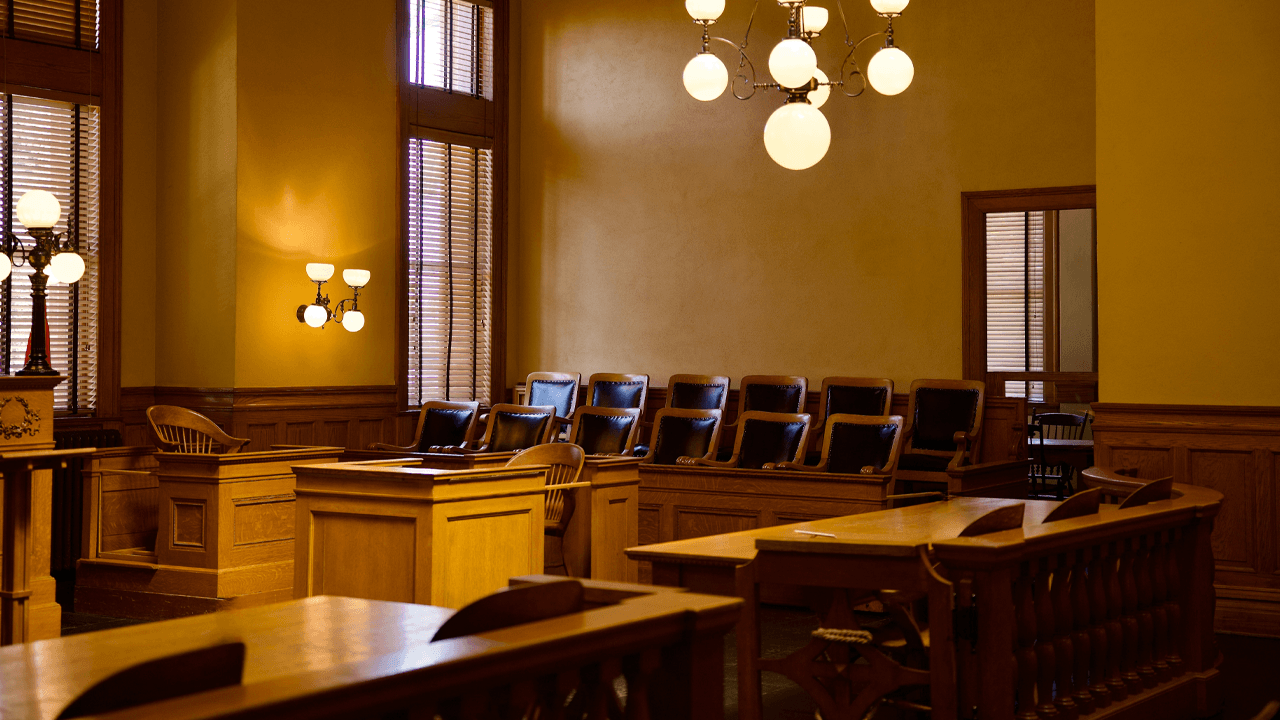
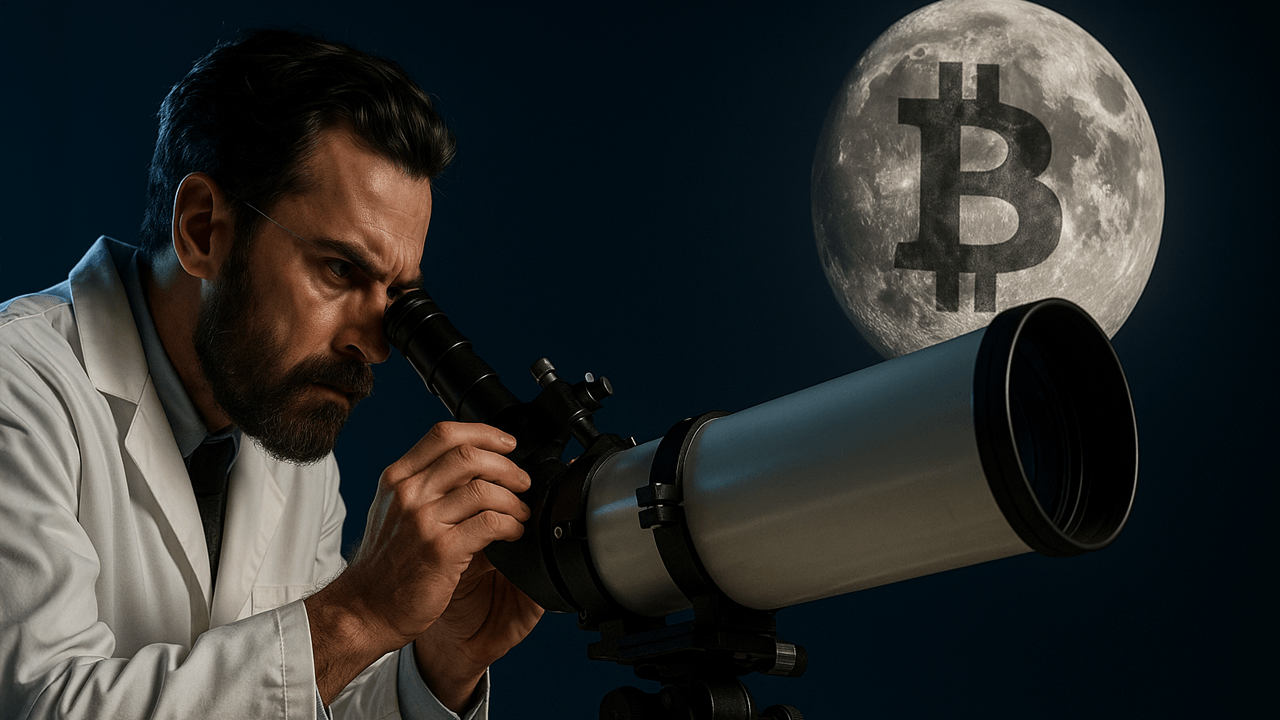











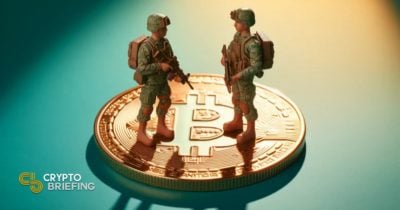







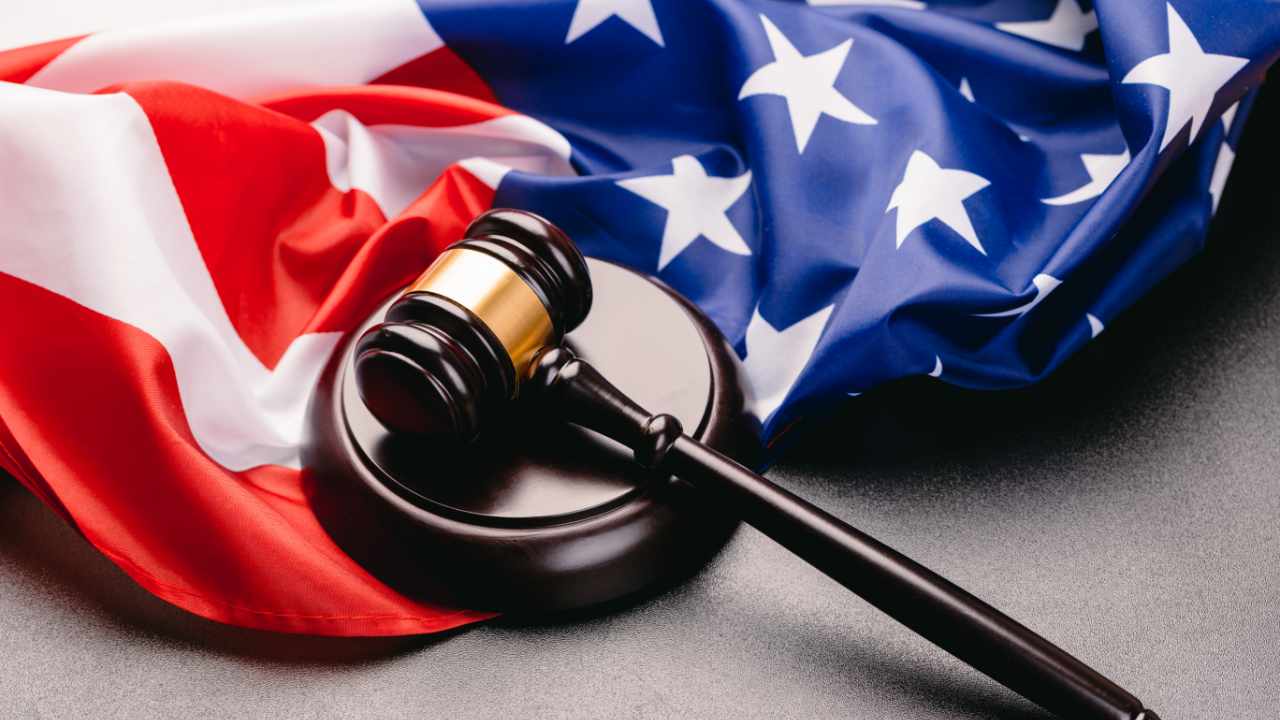




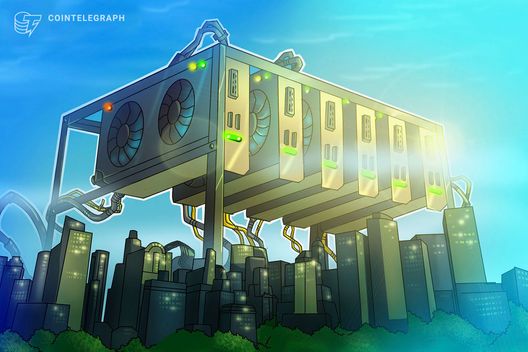
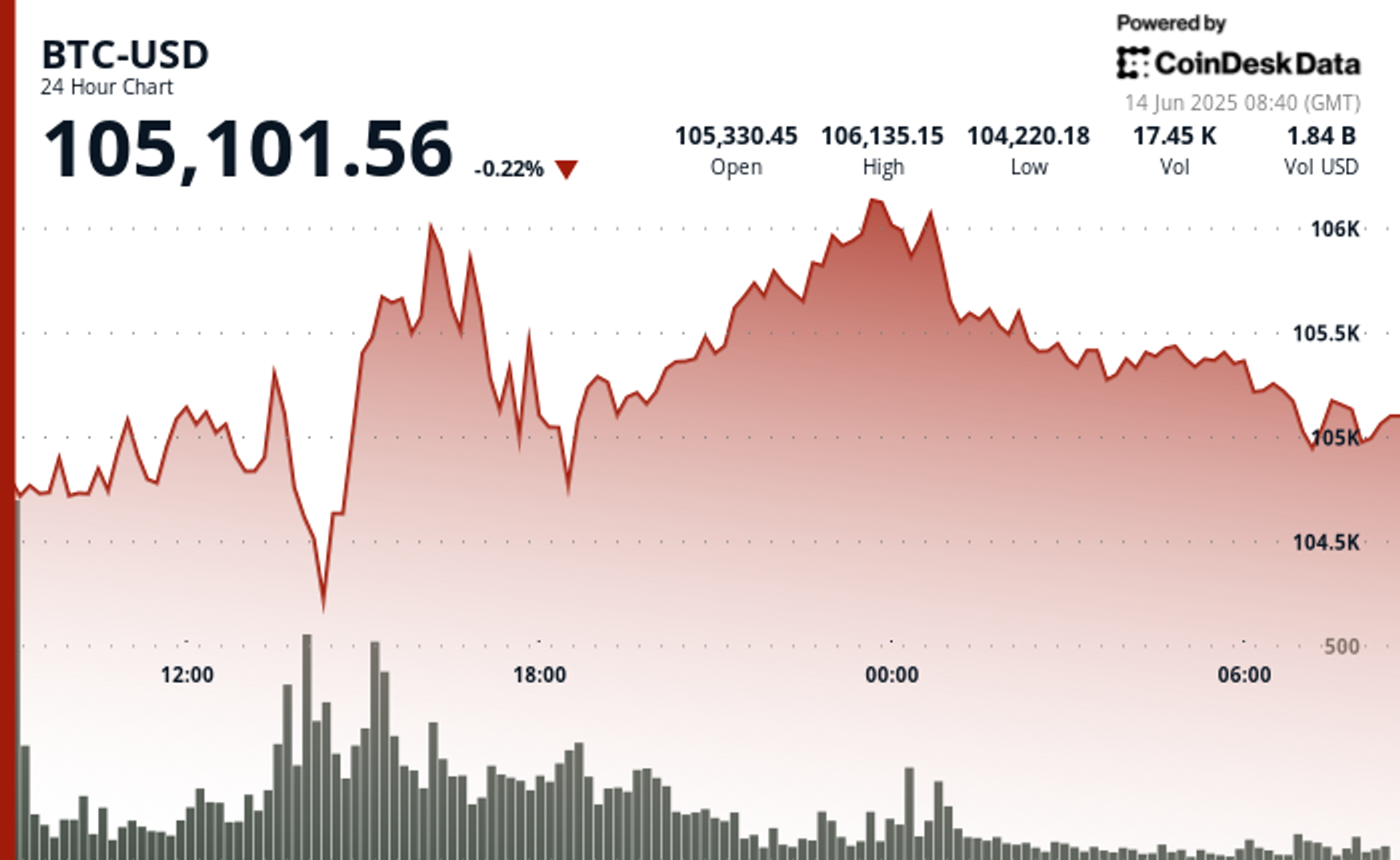
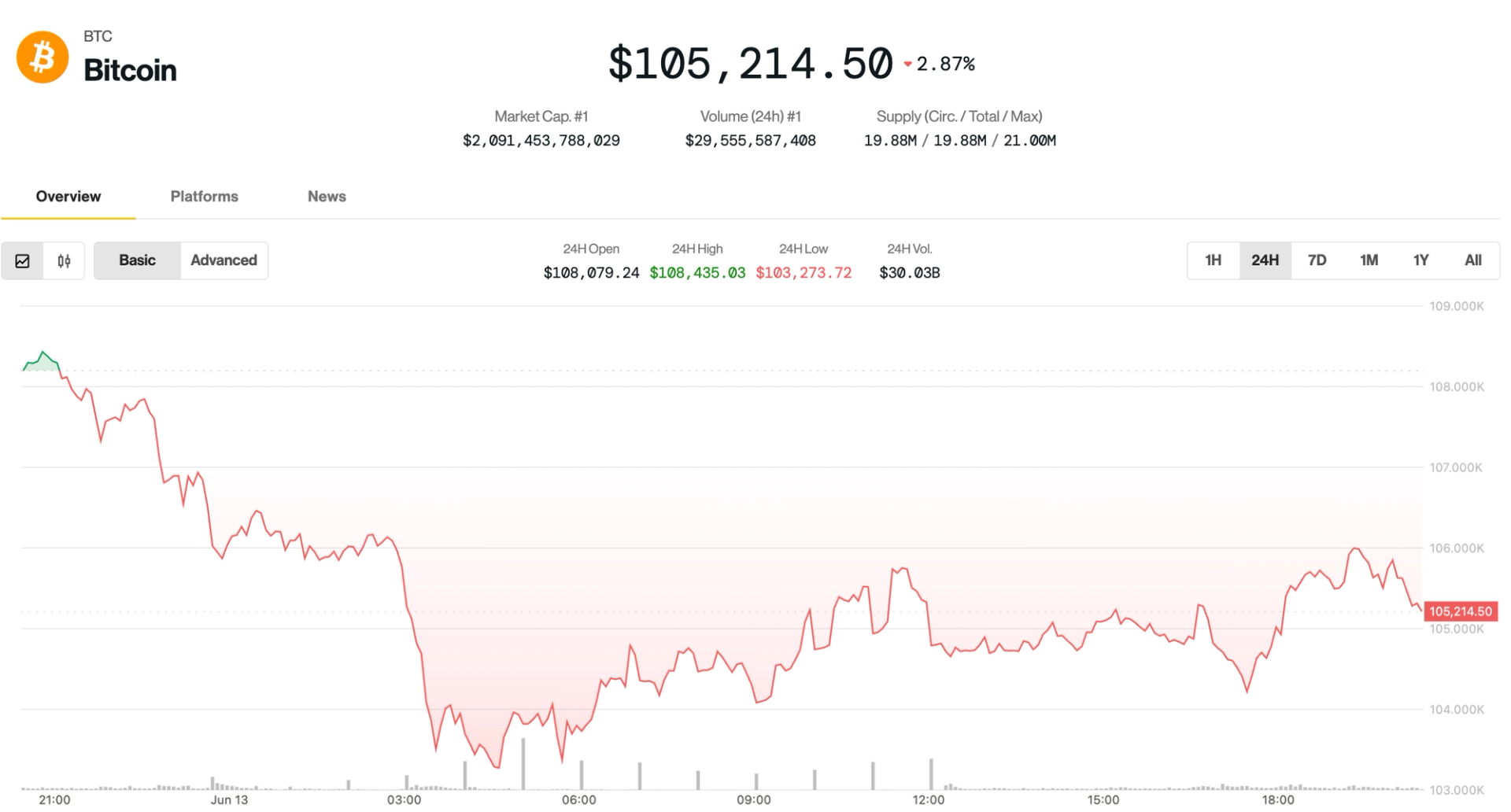
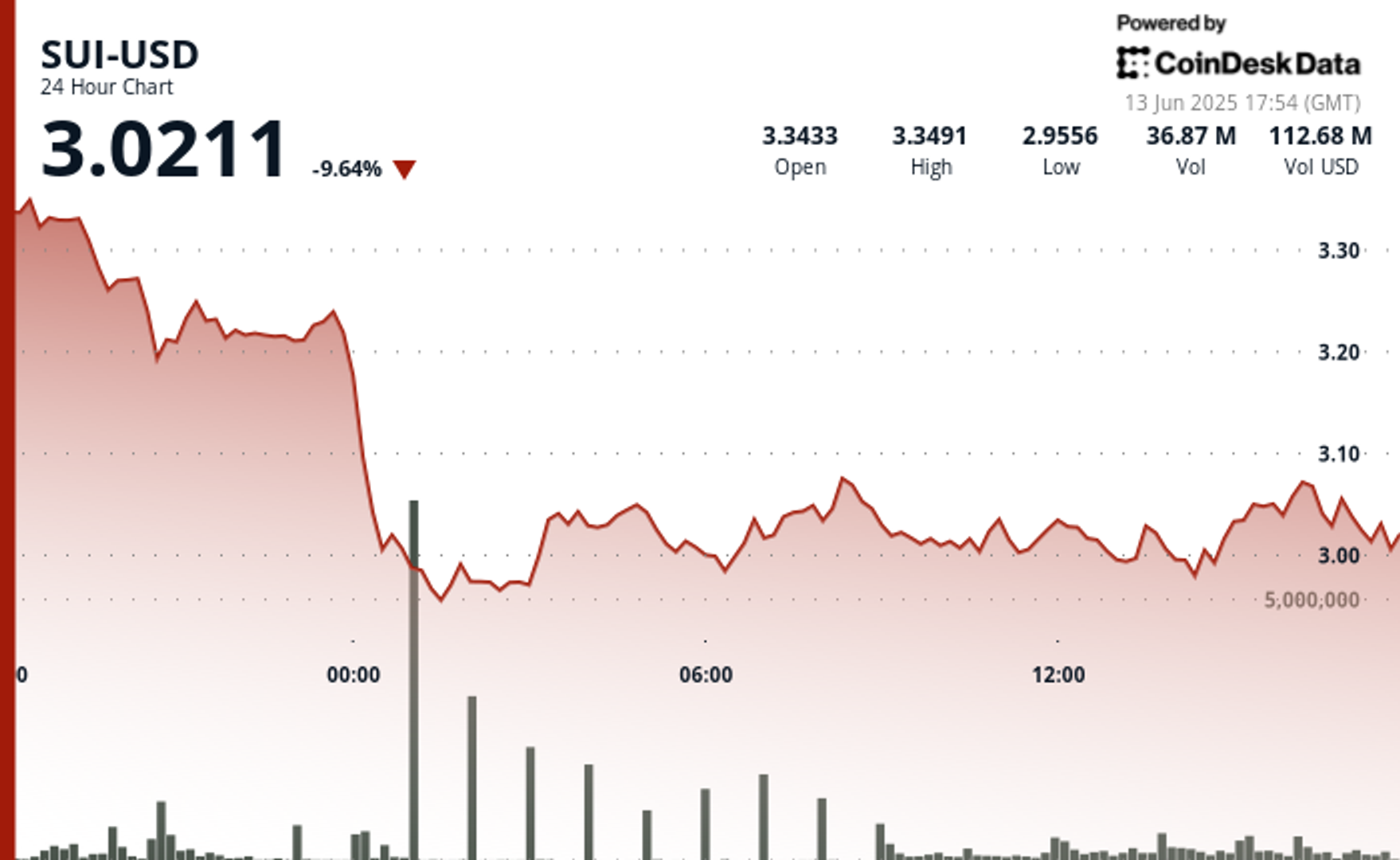
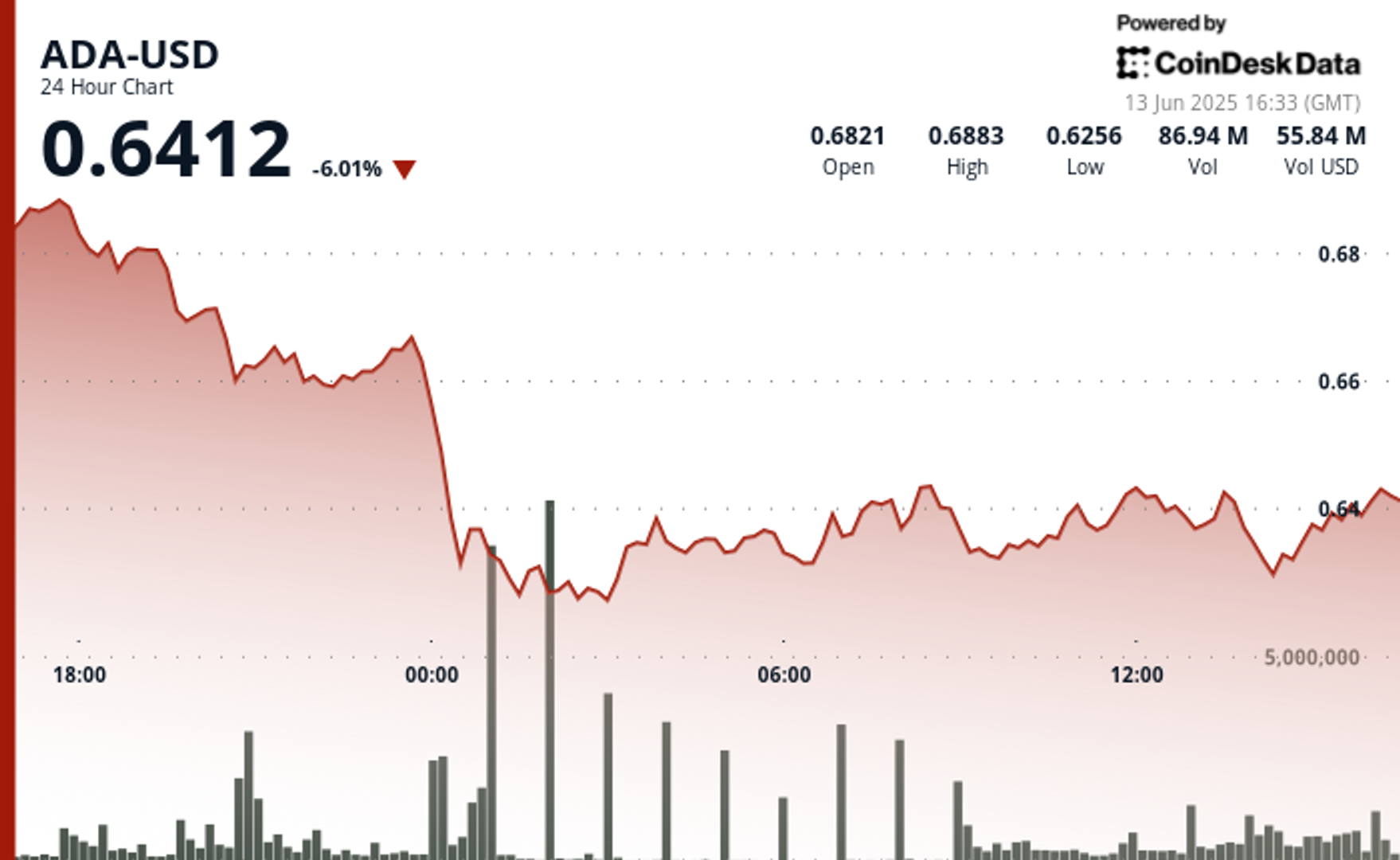















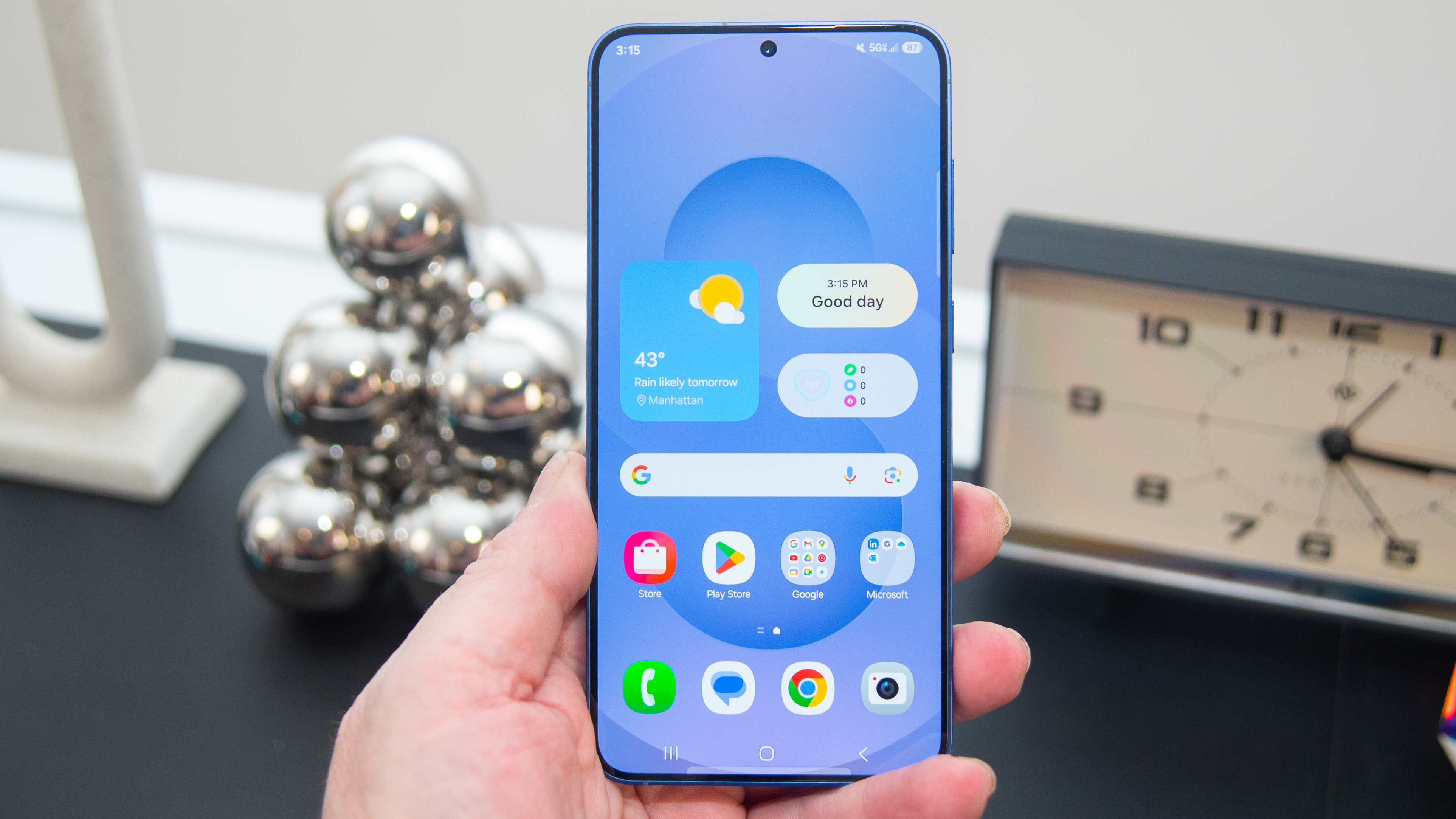







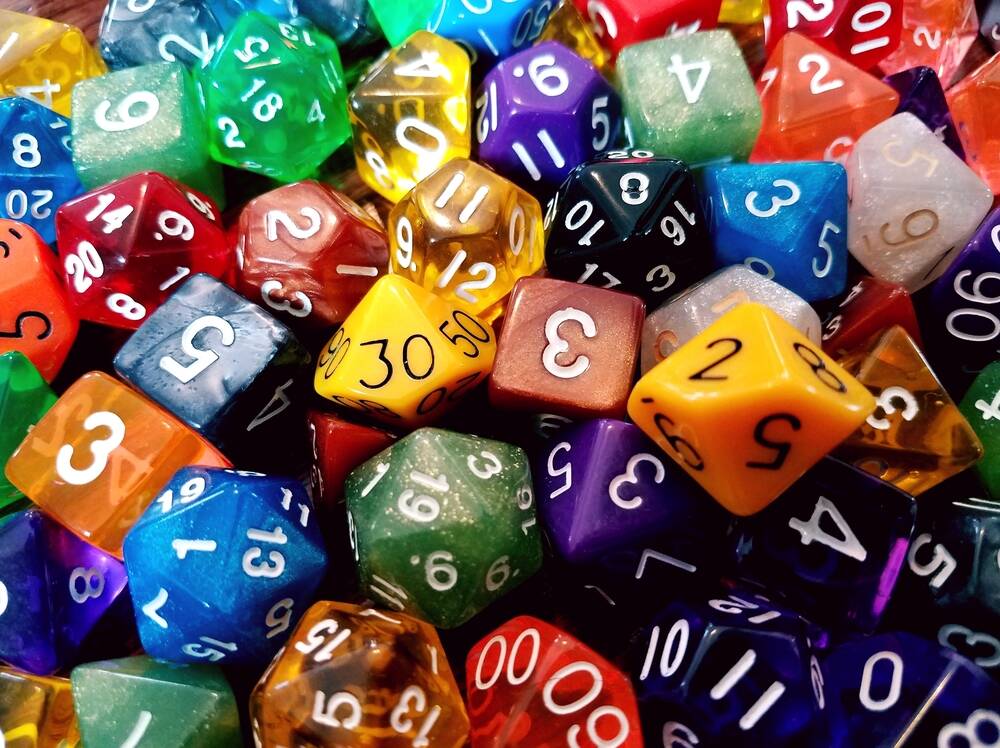
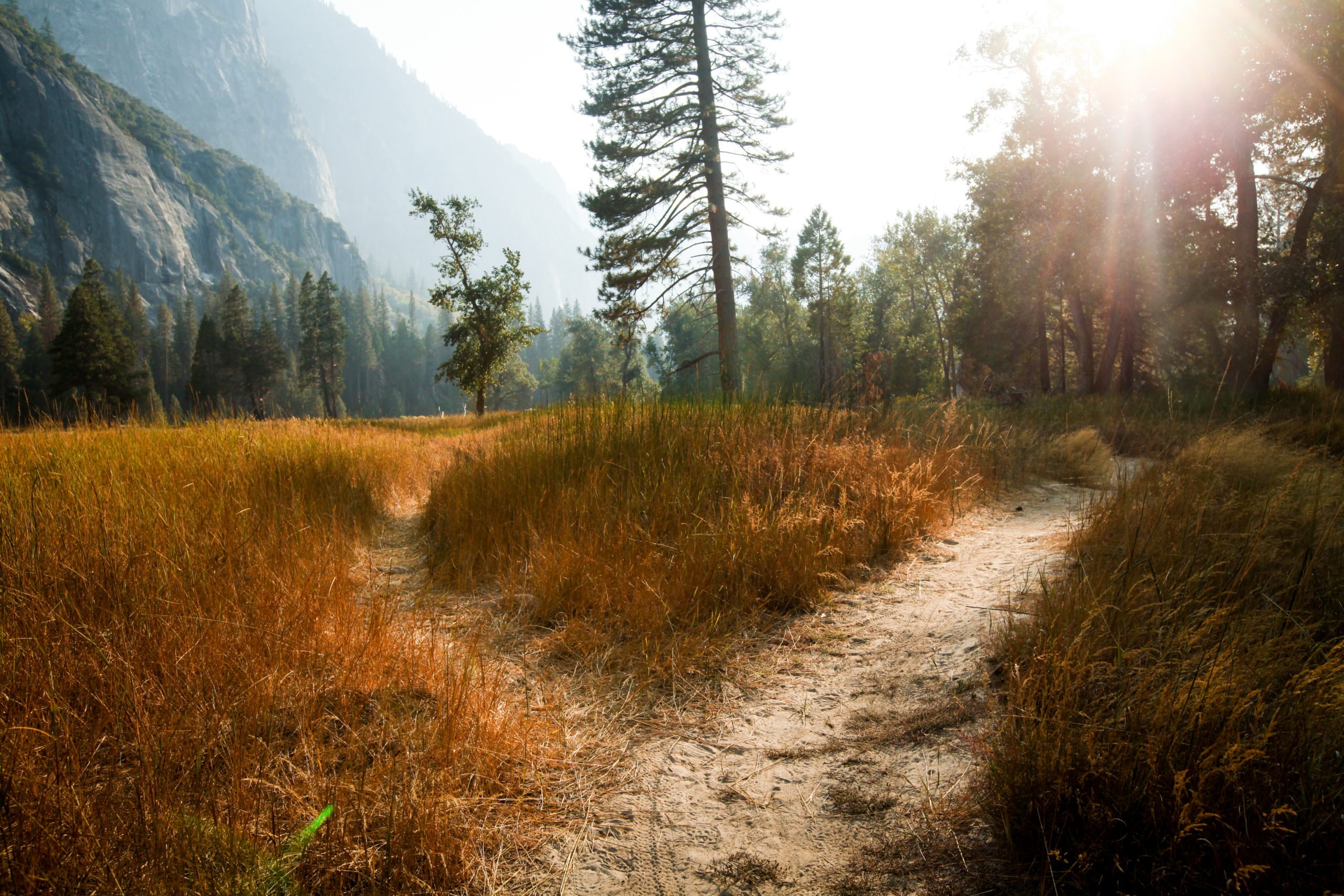































.png)














